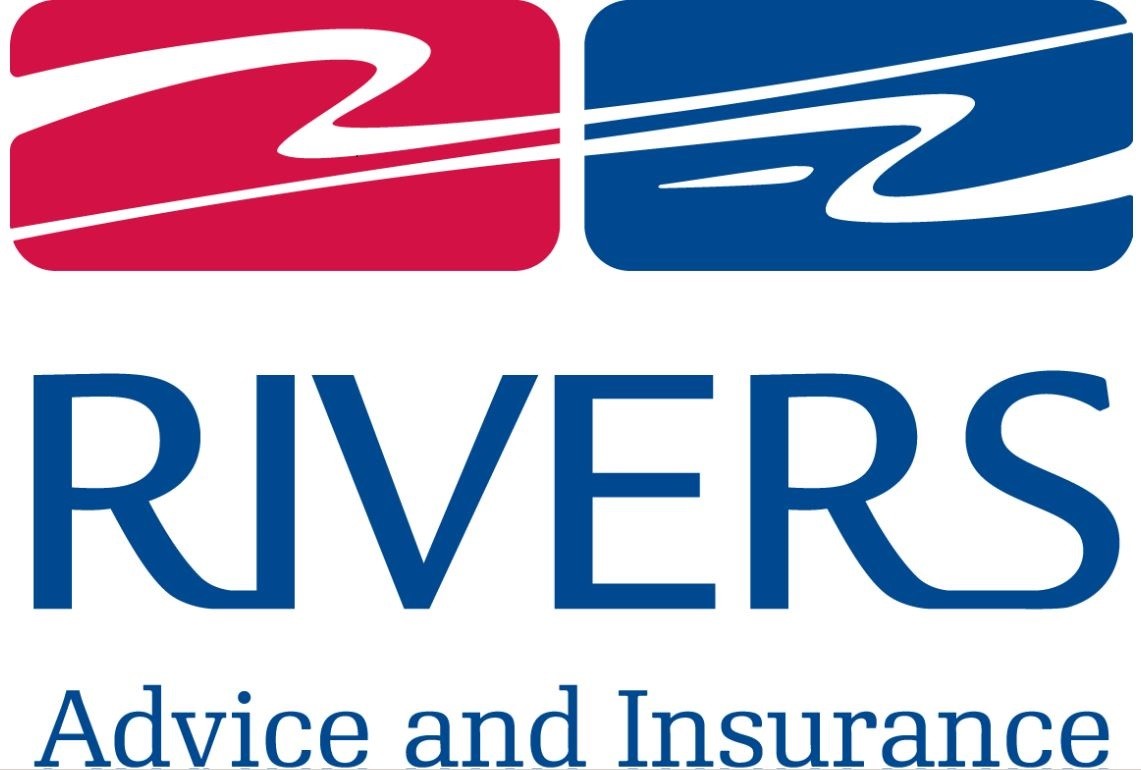The true cost of Fringe Benefits Tax on a small business
Posted 3 Mar '23

Posted 3 Mar '23

As a business owner it is natural to want to minimise your tax and maximise your benefits. The area of tax law that addresses the tax impact of providing benefits is the Fringe Benefits Tax (FBT) regime.
A fringe benefit is a non-cash benefit that is provided to an employee or associate (i.e. director, director’s spouse). Also referred to as salary sacrificing as effectively you sacrifice a part of your salary to receive a benefit through another means. An example of this would be having the company pay gym membership or child care fees direct to the provider. The amount of your salary is reduced and as such you pay tax at a lower marginal tax rate . Sounds amazing right?!
We often have our business owners hear of this, have a google and a read of the ATO website and contact us with saying, how do I get in on this, it sounds great! One of the common mis-interpretations is that because the Fringe Benefits Tax (FBT) is tax deductible, it must be worthwhile to pay it, get the fringe benefit resulting in a win win all round!
Unfortunately, in practice, this is not the case. The FBT regime was designed to deter people from offering fringe benefits and the aim of this article is to explain to you the why and how! It does get a bit technical but buckle up and enjoy the journey.
It is important to note that the design of FBT system was introduced to combat the very strategy of salary sacrificing personal expenses. If the expense was an allowable deduction to the employee under other tax rules (i.e. claiming the cost of a work related motor vehicle) then different calculations apply. This article is addressing only the expenses that are purely personal and have no “otherwise deductible” component to exempt it from attracting FBT.
The way in which FBT is calculated is under a gross up method. Practically what this means is that tax cost is not calculated based on the actual cost but rather a grossed up value.
When we approach any tax scenario about whether a strategy is beneficial, we need to consider not only the tax impact but also the net cash position and whether a business is better off / worse off regarding the total financial position.
Remember, whilst deductions are great, they are simply business expenses, and you would not spend $1 to save 30 cents because at the end of the day you are still 70 cents out of pocket.
With this being said, let’s break down how the FBT system actually works in practice.
FBT is imposed on the ‘fringe benefits taxable amount’. To calculate the FBT payable:
| Category 1 gross up rate | 2.0802 |
| Category 2 gross up rate | 1.8868 |
You are an employee of ABC Pty Ltd. You have requested your employer to salary sacrifice childcare fees and gym membership fees.
For the childcare fees, let’s assume $140 per day for 5 days at 44 weeks for a total of $30,800.
For the gym membership fees, let’s assume $77 per week x 52 weeks for a total of $4,004 (inclusive of GST).
Your taxable income is assumed to be $140,000.
Both the childcare fee and gym membership fall into the category of expense payment type fringe benefits. The taxable value is the total GST inclusive amount paid.
| Taxable Value | |
| Childcare fees | $30,800 |
| Gym membership | $4,004 |
Childcare fees are a GST free supply and thus the cost fall into category 2 of fringe benefits. The gym membership includes GST and thus fall into category 1 of fringe benefits.
| Taxable Value | Category | |
| Childcare fees | $30,800 | 2 |
| Gym membership | $4,004 | 1 |
We then gross up each category 1 and category 2 by their respective gross up factors:
| Taxable Value | Category | Total Gross up | |
| Childcare fees | $30,800 | 1.8868 | $64,070 |
| Gym membership | $4,004 | 2.0802 | $7,555 |
The FBT payable is then charged on 47% of the total gross up:
| Total Gross up | FBT Rate | FBT Payable | |
| Childcare fees | $64,070 | 47% | $30,113 |
| Gym membership | $7,555 | 47% | $3,550 |
As the employer has paid the Fringe Benefits Tax, the cost of the fringe benefit and the tax paid is now deductible. With any expenses which attract GST, you are then entitled to claim an input tax credit.
| Childcare fees | Gym membership | |
| Cash impact to the business | $30,800 | $4,004 |
| GST claimable | – | ($364) |
| FBT payable | $30,113 | $3,550 |
| Tax Deduction for cost (25%) | ($7,700) | ($910) |
| Tax Deduction for FBT (25%) | ($7,528) | ($888) |
| Net cash impact to the business | $45,685 | $5,392 |
Total net cash impact to the business $51,077.
To provide context, the next step would be to compare the above net cash impact to the business of the salary sacrifice arrangement verses the payment of childcare fees and gym membership after tax from a normal salary and wage arrangement.
The total cost of the expenses is $34,804 – so we need to figure out what salary we need to pay at a certain rate to achieve an after-tax position.
On a wage of $140,000, this then works out to an effective tax rate at the personal level of 37% + 2% Medicare levy (39%).
The formula can be expressed as total expense cost of $34,804 / (1 – 0.39) = $57,055.73 gross wage.
$57,055.73 x 39% = $22,251.73 tax payable on gross wage
$57,055.73 – $22,251.73 = $34,804.00 to give us the net cash needed to pay the personal expenses
The gross taxable wage will attract super so we will need to factor this in as well. Overall, the cost to the business is calculated as follows:
| Cost to business | |
| Gross Wage | $57,055 |
| Super @ 10.50% | $5,990 |
| Tax Deduction for wage (25%) | ($14,264) |
| Tax Deduction for super (25%) | ($1,497) |
| Net cash impact to the business | $47,284 |
We can see that the net cash impact to the business of simply paying a wage is much cheaper than the salary sacrifice arrangement.
Lastly, where the total taxable value of an employee’s fringe benefits grossed up using the type 2 rate (irrespective of whether they are actually type 1 or type 2 benefits) exceeds $2,000, they are considered reportable fringe benefits. Reportable fringe benefits must be reported in the employee’s payment summary/income statement.
They are not considered assessable income but are taken into account when calculating government entitlements under the concept of ‘adjusted taxable income’.
Adjusted taxable income is normally calculated as:
Again, the concept of adjusted taxable is an anti-avoidance measure to capture situations where taxpayers manipulate their taxable income in ways which does not reflect economic realities.
For example, a CEO earning $1 million would simply just need to salary sacrifice $1 million in personal expenses and they would actually have no income to report and be entitled to Centrelink payments.
In the above salary sacrifice scenario, we would need to take the total value of taxable fringe benefits of $34,804 and multiply this by 1.8868 to get a total reportable fringe benefit of $65,668.
The taxable income would be $140,000 less the cost of the salary sacrifice. Whilst FBT is an employer tax, most employers do package this into the employee’s salary package agreement.
Overall, the adjusted taxable income is calculated as:
| Amount | |
| Gross wage | $140,000 |
| Less: salary sacrifice | ($34,804) |
| Less: FBT paid | ($33,664) |
| Add: reportable fringe benefits | $71,532 |
| Add: reportable fringe benefits | ($1,497) |
| Adjusted Taxable Income | $137,200 |
As you can see, this is comparable to the original $140,000 salary amount.
Now if you are an employee thinking, “well at least the tax is lower so it should be beneficial”. This is deceiving because your net cash is also lower due to the employment arrangement. Even though FBT is a tax imposed on the employer, typical employment contracts contain a clause which ensures that any FBT payable by the business is taken off the salary of the employee. This is so they are not out of pocket based on an employee’s choice.
Below further illustrates the final cash position under a normal salary and salary sacrifice arrangement: –
| Normal | Salary Sacrifice | |
| Salary | $140,000 | $140,000 |
| Less: Child Care Fees | – | ($30,800) |
| Less: Gym Membership | – | ($4,004) |
| Less: FBT Payable | – | ($33,664) |
| Taxable Income | $140,000 | $71,532 |
| Tax on Taxable | ($36,867) | ($13,715) |
| Medicare Levy | ($2,800) | ($1,430) |
| Less: Child Care Fees | ($30,800) | |
| Less: Gym Membership | ($4,004) | |
| Net Cash Position | $65,529 | $56,386 |
You will see that employees are better off simply taking normal salary and wages rather than a salary sacrifice arrangement.
If your employer is willing and able to take the hit on the FBT payable then that would have a different ending but as mentioned earlier, typically this is not the case.
Having doubts about how FBT is being handled in your business?
Give us a call today on (07) 3124 0244 to book in a strategy session where you can benefit on the fringe with your tax positions.
Leonard Jiang | CA, CTA, DFP
Partner
Tax Specialist
T +617 3124 0244 | E leonard@empireaccountants.com.au

As June 30th rapidly approaches, it's important to consider strategies that can help you minimise your tax liability for 2024. Whether you're a chippie, doctor, engineer, sales rep or architect, considering some of these tips below and whether they apply to your circumstances may save you paying more in tax than necessary.

Rivers focuses on providing great-value general insurance solutions that work. These solutions are delivered to both individuals and businesses that have been part of the communities in which we have lived and worked for many years.

The superannuation work test serves as a pivotal requirement for individuals navigating the landscape of voluntary contributions to their superannuation fund, especially as they approach and surpass the age of 67. But what exactly does this test entail, and why is it so crucial?